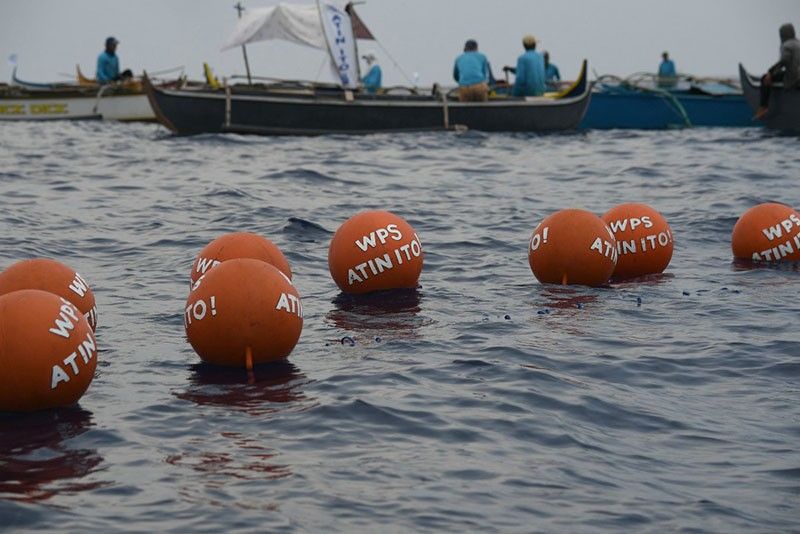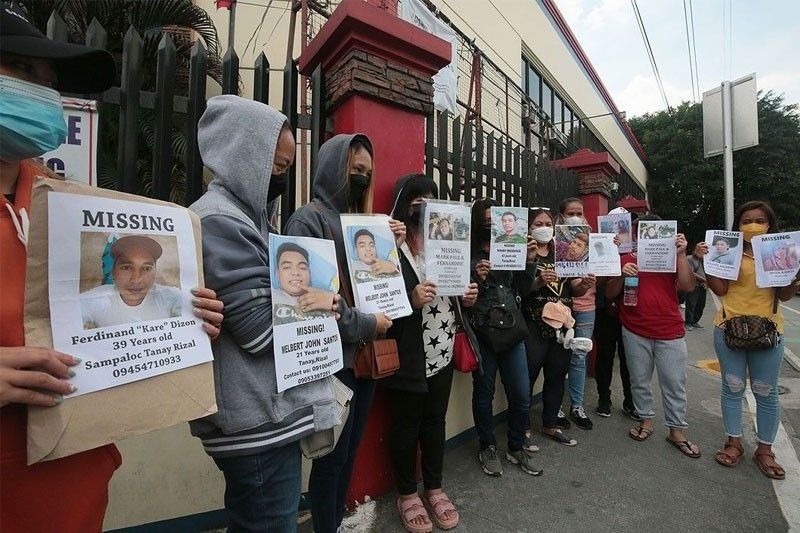
Upgrade to High-Speed Internet for only ₱1499/month!
Enjoy up to 100 Mbps fiber broadband, perfect for browsing, streaming, and gaming.
Visit Suniway.ph to learn
Jean Mangaluz - Philstar.com
June 26, 2025 | 3:52pm
This photo shows traditional jeepneys.
MANILA, Philippines — With tensions in the Middle East creating uncertainty in international fuel markets, some have pointed to electric vehicles (EVs) as a possible way to shield the country from such external shocks.
In a media interview, Department of Energy officer-in-charge Sharon Garin said that deploying EVs as public utility vehicles (PUVs) could help minimize the impact of high fuel prices.
The highly controversial PUV modernization program aims to do just that by replacing old, traditional oil-powered vehicles with EVs.
While the concept is sound in theory, its implementation, repeatedly stalled since the administration of former president Rodrigo Duterte, has left much to be desired, with small-time jeepney drivers and operators often bearing the financial burden.
Transport Secretary Vince Dizon said the program remains ongoing but continues to face many challenges.
“It has so many problems that need to be fixed and we cannot just fast track this without addressing those very basic problems which essentially involve economic viability,” Dizon said in a mix of English and Filipino.
On top of the vehicles being too expensive for local operators, maintenance and access to spare parts have also become issues, Dizon added.
While there is room in the budget to provide subsidies for operators and drivers, Dizon admitted this may not be enough to fully implement the program.
“This needs to be primarily market-driven. Meaning, the economics has to make sense,” the transport secretary said.
Drivers and operators need to be incentivized so that they can modernize, Dizon said, adding that transport firms still need to make money.

 5 hours ago
2
5 hours ago
2



